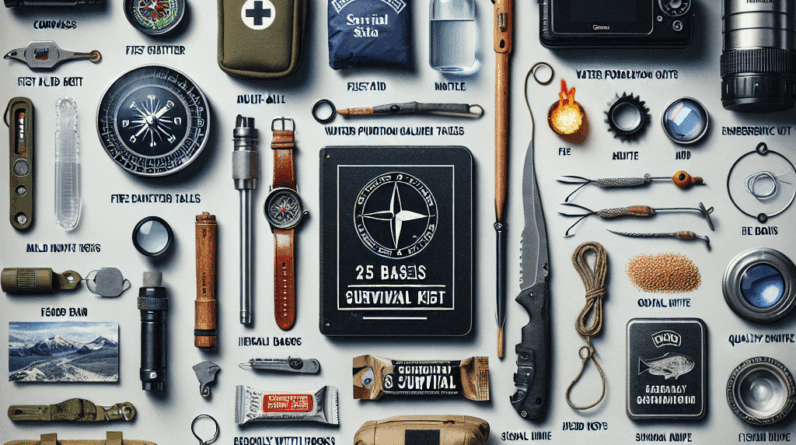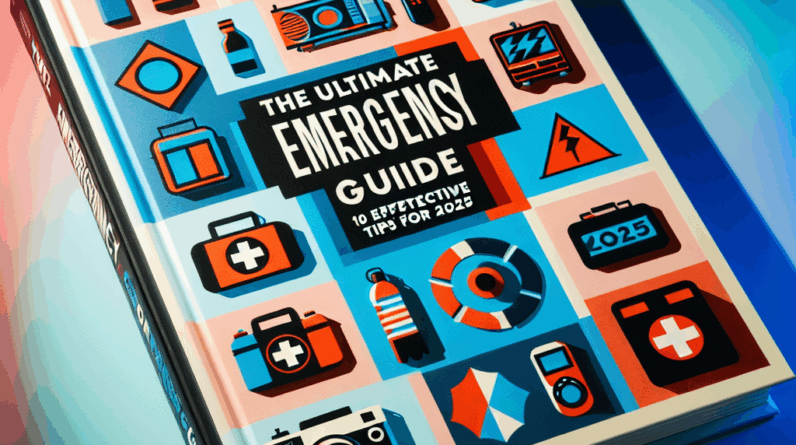Emergencies in high-rise buildings require specific knowledge and preparation to handle effectively. Understanding and implementing the right protocols can be the difference between chaos and orderly safety measures. Here’s how to ensure you’re prepared for any situation that might arise in a high-rise building.
Understanding High-Rise Safety Protocols
# Importance of Emergency Protocols
So, let’s dive right in. You might not think about it often, but understanding emergency protocols in high-rise buildings is crucial. Imagine being up on the 20th floor when an alarm goes off. Knowing the steps ahead of time can save lives and help maintain calm.
Each building should have clear procedures laid out, which include everything from evacuation routes to assembly points outside. It’s always best to familiarize yourself with these protocols before an emergency arises. Trust me, knowing the plan takes the panic out of a potentially chaotic situation.
Also, the emergency protocols should be regularly reviewed. Just because you’ve checked them once doesn’t mean you’re all set. Regular refreshers can keep everyone informed and can help integrate new staff or residents.
# Fire Safety Measures
Fire emergencies are probably the first thing that pops into our heads when we think of high-rise emergencies. Equip yourself by knowing how these situations should be handled. Every high-rise should have proper fire alarms and sprinklers.
Don’t forget, if you hear a fire alarm, treat it as real. If smoke is present, you might be tempted to seek shelter, but that could be a stepping stone to disaster. Instead, head to the nearest safe exit and avoid the elevators at all costs.
Lastly, have a fire extinguisher and know how to use it. Attending a fire safety workshop can be super helpful. It’s just one more way to be prepared for the unexpected!
# Communication During Emergencies
In the chaos of emergencies, communication is key. Make sure you have a plan that outlines how information will be shared during a crisis. It could be through a building-wide PA system, text alerts, or good old-fashioned word of mouth.
Don’t underestimate the power of a clear message. Confusion can lead to missteps, which can be deadly in emergencies. It helps everyone stay focused and on track, especially in high-stress situations.
Consider establishing points of contact within the building, like designated safety officers. These folks should know the ins and outs of emergency procedures and could serve as go-betweens for residents and emergency services.
Evacuation Plans and Drills
# Creating a Practical Evacuation Plan
Here’s a nugget of wisdom: every building needs an effective evacuation plan. First and foremost, it needs to clearly mark all exits. Signs are your best friends when panic sets in!
Secondly, create routes that guide residents. Make sure to consider the layout of your building; routes should be both accessible and familiar. The last thing you want is fumbles during the actual emergency.
Additionally, consider those who may have difficulties evacuating quickly, like the elderly or disabled. Design your plan with everyone in mind. This inclusivity ensures that no one is left behind when it matters the most.
# Conducting Evacuation Drills
After the plan is set, it’s drill time! Regular evacuation drills help everyone practice the procedures. It might seem tedious, but trust me, doing them helps people feel more confident when an actual emergency occurs.
Incorporating different scenarios in drills also prepares folks for various emergencies. Whether it’s a fire, explosion, or natural disaster, it’s all about readiness. This hands-on approach really sticks in people’s minds.
Make sure to gather feedback after drills. Every voice matters! This not only improves future drills but also builds camaraderie among residents, which is always a plus.
# Emergency Kit Preparedness
Every high-rise should have an emergency kit handy. Let’s face it, having the right tools can make all the difference. An effective kit can include water, first aid supplies, flashlights, and maybe even some non-perishable snacks.
It’s a good practice for individuals to have personal emergency kits as well, tailored to their needs. Don’t forget essentials like medications, important documents, and cash. It’s the little things that can become crucial in a crisis.
And remember to regularly check these kits. Expiry dates matter! A kit filled with expired supplies doesn’t help anyone. Keeping them stocked and updated is essential for reliability.
Cooperation with Emergency Services
# Building a Relationship with Local Fire and Police Departments
Another important piece in emergencies is having a smooth relationship with local emergency services. Building partnerships with local fire departments and police can improve response times and provide tailored advice for high-rise security measures.
Invite these services for talks or workshops in your building. They can offer invaluable insights into what they look for during emergencies, helping you stay a step ahead.
Additionally, sharing your building layout with emergency services can be a life-saver. When they’re familiar with the layout, they can navigate quickly if every second counts.
# Regular Safety Assessments
Regular assessments can help spot potential hazards before they become emergencies. Scheduling these assessments provides not just risk evaluation, but also an opportunity for improvement.
Conduct drills with emergency services as part of these assessments. This collaborative effort could turn into a beneficial learning experience for both parties.
Don’t shy away from addressing vulnerabilities, either. Whether it’s a faulty alarm or an unclear exit, these assessments provide the perfect opportunity to tackle those concerns head-on.
# Feedback Loop with Residents
Encouraging resident feedback on safety protocols creates a culture of safety. It’s like a community effort where everyone feels involved and aware.
Use surveys or hold meetings to gather concerns and suggestions. Knowing what’s on people’s minds can really enhance your safety measures.
Keep the conversation going. Just because a protocol was established yesterday doesn’t mean it’s still the best approach today. Continuous improvement is the name of the game!
Conclusion
Managing emergency situations in high-rise buildings involves understanding protocols, creating actionable plans, and fostering communication, cooperation, and continuous improvement. It’s a collective effort that can make a significant difference in outcomes during crises.
Frequently Asked Questions
# 1. Why is understanding emergency protocols important in high-rises?
Understanding emergency protocols is crucial because it can help save lives. Knowing the steps beforehand reduces panic and confusion during an emergency.
# 2. What should be included in an emergency kit for high-rise buildings?
An emergency kit should include water, non-perishable snacks, first aid supplies, flashlights, extra batteries, medications, and important documents.
# 3. How often should evacuation drills be conducted?
Evacuation drills should be conducted regularly, at least once or twice a year, to ensure residents are familiar with procedures and to keep the information fresh in their minds.
# 4. Who should be contacted for help during an emergency?
Local emergency services, such as the fire department and police, should be contacted immediately during any emergency situation. Having a relationship with these services can streamline this process.
# 5. What role does resident feedback play in emergency management?
Resident feedback is vital as it helps identify concerns and suggestions, allowing for continuous improvement in safety measures and protocols within the building.




